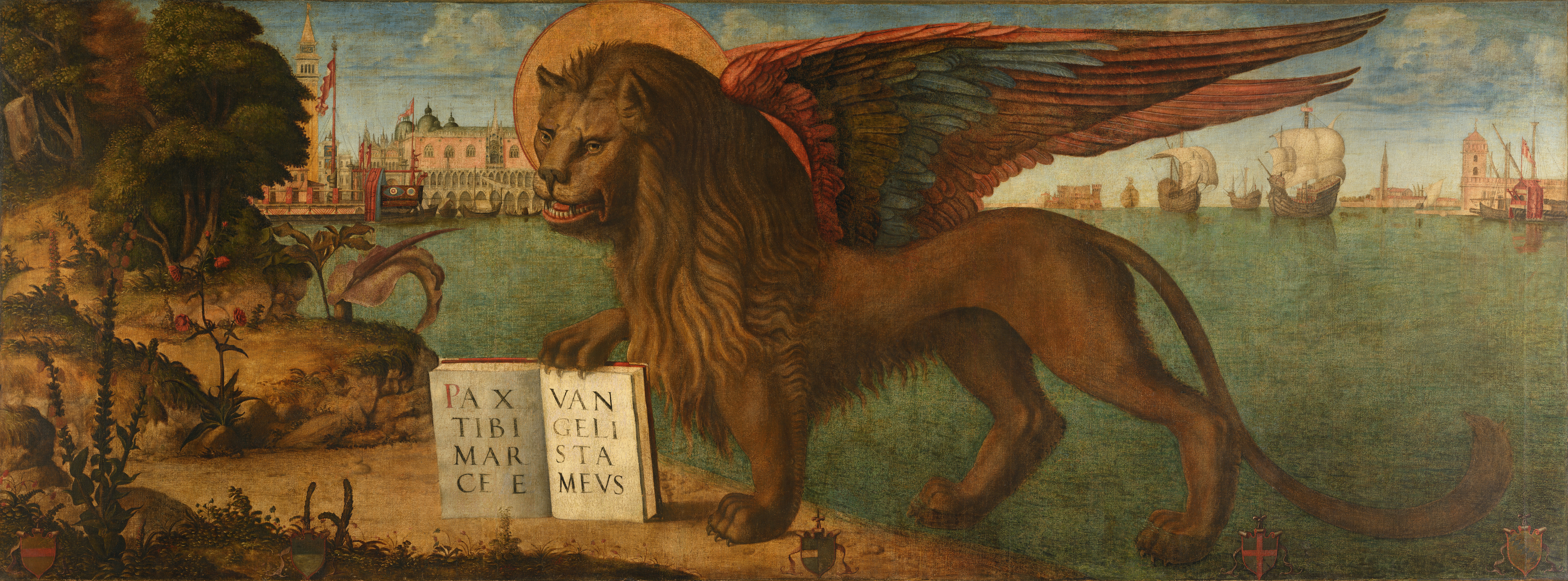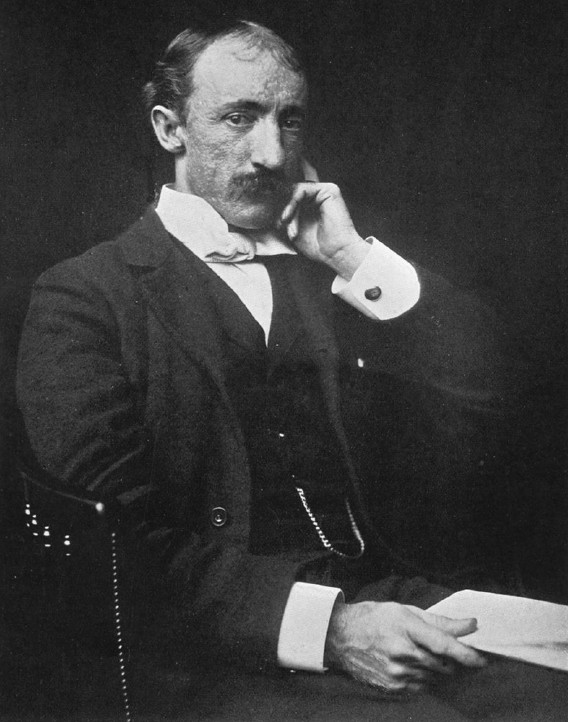|
Marco Island, Florida
Marco Island is a city and barrier island in Collier County, Florida, south of Naples on the Gulf Coast of the United States. It is the largest barrier island in Southwest Florida's Ten Thousand Islands area, which extends southerly to Cape Sable. Marco Island is home to an affluent beach community with resort amenities. Marco Island is a principal city of the Naples–Marco Island Metropolitan Statistical Area. The population was 15,760 at the 2020 census, down from 16,413 at the 2010 census. The population more than doubles during the winter. Parts of the island have scenic, high elevations relative to the generally flat south Florida landscape. The island has a tropical climate; specifically, a tropical wet and dry or savanna type (''Aw'' under the Köppen system). It is known for its distinct wet and dry seasons, with most of the rainfall between June and October. History Marco Island's history can be traced to 500 CE, when the Calusa people inhabited the island a ... [...More Info...] [...Related Items...] OR: [Wikipedia] [Google] [Baidu] [Amazon] |
City
A city is a human settlement of a substantial size. The term "city" has different meanings around the world and in some places the settlement can be very small. Even where the term is limited to larger settlements, there is no universally agreed definition of the lower boundary for their size. In a narrower sense, a city can be defined as a permanent and Urban density, densely populated place with administratively defined boundaries whose members work primarily on non-agricultural tasks. Cities generally have extensive systems for housing, transportation, sanitation, Public utilities, utilities, land use, Manufacturing, production of goods, and communication. Their density facilitates interaction between people, government organisations, government organizations, and businesses, sometimes benefiting different parties in the process, such as improving the efficiency of goods and service distribution. Historically, city dwellers have been a small proportion of humanity overall, bu ... [...More Info...] [...Related Items...] OR: [Wikipedia] [Google] [Baidu] [Amazon] |
Cape Sable
Cape Sable is the southernmost point of the United States mainland and mainland Florida. It is located in southwestern Florida, in Monroe County, and is part of the Everglades National Park. The cape is a peninsula issuing from the southeastern part of the Florida mainland, running west and curving around to the north, reaching Ponce de Leon Bay, at the mouth of the Shark River. It forms the southern and western margins of Whitewater Bay. There are three prominent points on the cape, each of which hosts a designated backcountry campsite: * East Cape, which is the actual southernmost point of the Florida and United States mainland and the location of Lake Ingraham, the southernmost lake in the United States of America; * Middle Cape, also known as Palm Point; and * Northwest Cape. The campsites are part of the "outside route" of the Everglades Wilderness Waterway, with permits required for an overnight stay, obtained from the Flamingo Visitor Center. The cape also has many l ... [...More Info...] [...Related Items...] OR: [Wikipedia] [Google] [Baidu] [Amazon] |
Florida State Road 951
Collier Boulevard is a nearly north–south divided highway that extends from the south end of Marco Island through central Collier County to CR 846 (Immokalee Road) north of Golden Gate. State-maintained segments of Collier Boulevard are designated as State Road 951 (SR 951), which previously existed over the entire route from CR 92 on Marco Island to CR 846. County-maintained segments are County Road 951 (CR 951), which were relinquished from state control in the 1980s. Due to a numbering anomaly within the Florida Department of Transportation’s numbering system of State Roads, SR 951 is the only SR 9xx highway that is not in Miami-Dade County: Krome Avenue ( SR 997) lies to the east; the similarly numbered SR 953 (LeJeune Road) is another to the east of SR 997. Route description Collier Boulevard begins as a four-lane city road on Marco Island near Caxambas Pass, and it runs north along the west side of Marco Island. Collier Boulevard becomes a state road at th ... [...More Info...] [...Related Items...] OR: [Wikipedia] [Google] [Baidu] [Amazon] |
East Naples, Florida
East Naples is an unincorporated community and the county seat of Collier County, Florida, United States. East Naples has been the county seat since 1962, when the Collier County Courthouse was moved from Everglades (see Old Collier County Courthouse). East Naples is part of the Naples–Marco Island Metropolitan Statistical Area. Notable people * Warner Wolf Warner William Wolf (born November 11, 1937) is an American television and radio sports broadcaster, perhaps best known as a local news sports anchor in Washington, D.C., and New York City, and for his catchphrase "Let's go to the videotape!" He ..., sportscaster References Unincorporated communities in Collier County, Florida Former census-designated places in Florida Unincorporated communities in Florida County seats in Florida {{CollierCountyFL-geo-stub ... [...More Info...] [...Related Items...] OR: [Wikipedia] [Google] [Baidu] [Amazon] |
Clam Digging
Clam digging is a North American term for a common way to harvest clams (edible infaunal bivalve mollusks) from below the surface of the tidal sand flats or mud flats where they live. It is done both recreationally (for enjoyment or as a source of food) and commercially (as a source of income). Commercial digging in the U.S. and Canada is colloquially referred to as ''clamming'', and is done by a ''clammer''. Amateur clam digging is often done using a straight long-handled spading fork, or a spading shovel. Commercial clamming for quahog clams, and the larger surf clams (soup clams) is primarily done offshore, via mechanical dredging. To harvest cultivated clam beds, aquaculturists often use a much smaller version (hand pulled) from the offshore dredge. Another form of commercial clamming is done from a flat-decked boat using a clam rake with a telescopic handle. The head of these rakes have long tines attached to a "basket-like" cage in which the clams are col ... [...More Info...] [...Related Items...] OR: [Wikipedia] [Google] [Baidu] [Amazon] |
Mark The Evangelist
Mark the Evangelist (Koine Greek, Koinē Greek: Μᾶρκος, romanized: ''Mârkos''), also known as John Mark (Koine Greek, Koinē Greek language, Greek: Ἰωάννης Μᾶρκος, Romanization of Greek, romanized: ''Iōánnēs Mârkos;'' Aramaic'': ܝܘܚܢܢ, romanized: Yōḥannān'') or Saint Mark, was the person who is traditionally ascribed to be the author of the Gospel of Mark. Most modern Bible scholars have concluded that the Gospel of Mark was written by an anonymous author rather than an identifiable historical figure, though the topic remains contentious among experts. According to Church tradition, Mark founded the episcopal see of Church of Alexandria, Alexandria, which was one of the Pentarchy, five most important sees of early Christianity. His feast day is celebrated on April 25, and his Saint symbolism, symbol is the Lion of Saint Mark, winged lion. Identity According to William L. Lane, William Lane (1974), an unbroken tradition identifies Mark the Ev ... [...More Info...] [...Related Items...] OR: [Wikipedia] [Google] [Baidu] [Amazon] |
Smithsonian Institution
The Smithsonian Institution ( ), or simply the Smithsonian, is a group of museums, Education center, education and Research institute, research centers, created by the Federal government of the United States, U.S. government "for the increase and diffusion of knowledge". Founded on August 10, 1846, it operates as a trust instrumentality and is not formally a part of any of the Federal government of the United States#branches, three branches of the federal government. The institution is named after its founding donor, British scientist James Smithson. It was originally organized as the United States National Museum, but that name ceased to exist administratively in 1967. The Smithsonian Institution has historical holdings of over 157 million items, 21 museums, 21 libraries, 14 education and research centers, a zoo, and historical and architectural landmarks, mostly located in Washington, D.C. Additional facilities are located in Maryland, New York (state), New York, and Virg ... [...More Info...] [...Related Items...] OR: [Wikipedia] [Google] [Baidu] [Amazon] |
Frank Hamilton Cushing
Frank Hamilton Cushing (July 22, 1857 in North East Township, Erie County, Pennsylvania – April 10, 1900 in Washington, D.C.) was an American anthropologist and ethnologist. He made pioneering studies of the Zuni Indians of New Mexico by entering into their culture; his work helped establish participant observation as a common anthropological research strategy. In recent years, however, questions have emerged about Cushing's activities among the Zuni. Consequently, Frank Cushing's work provides an important case study for considering the ethics of both ethnographic research and the generation of museum collections. Early life Cushing was born in the borough of North East, Pennsylvania. He later moved with his family to Western New York. As a boy he took an interest in the Native American artifacts in the surrounding countryside and taught himself how to knap flint (make arrowheads and such from flint). He published his first scientific paper when he was 17. After a brief ... [...More Info...] [...Related Items...] OR: [Wikipedia] [Google] [Baidu] [Amazon] |
Key Marco
Key Marco was an archaeological site ( 8CR48) consisting of a large shell works island next to Marco Island, Florida. A small pond on Key Marco, now known as the "Court of the Pile Dwellers" (8CR49), was excavated in 1896 by the Smithsonian Institution's Pepper-Hearst Expedition, led by Frank Hamilton Cushing. Cushing recovered more than 1,000 wooden artifacts from the pond, the largest number of wooden artifacts from any prehistoric archaeological site in the eastern United States. These artifacts are described as some of the finest prehistoric Native American art in North America. The Key Marco materials are principally divided between the University of Pennsylvania Museum of Archaeology and Anthropology, University of Pennsylvania; the Department of Anthropology, National Museum of Natural History, Smithsonian Institution; and the Florida Museum of Natural History, University of Florida. The original pond was completely excavated and refilled. It is now covered by a hou ... [...More Info...] [...Related Items...] OR: [Wikipedia] [Google] [Baidu] [Amazon] |
Southwest Florida
Southwest Florida is the region along the southwest Gulf coast of the U.S. state of Florida. The area is known for its beaches, subtropical landscape, and winter resort economy. Definitions of the region vary, though its boundaries are generally considered to put it south of the Tampa Bay area, west of Lake Okeechobee, and mostly north of the Everglades and to include Manatee, Sarasota, Charlotte, Lee, and Collier counties. For some purposes, the inland counties of DeSoto, Glades, and Hendry, and the thinly populated mainland section of Monroe County, south of Collier, are also included. The region includes four metropolitan areas: the North Port-Bradenton-Sarasota MSA, the Cape Coral-Fort Myers MSA, the Naples-Marco Island MSA, and the Punta Gorda MSA. The most populous county in the region is Lee County (760,822 population), and the region's largest city is Cape Coral with a population of 194,016 as of 2020. History and Development Nomadic Paleo-Indians in ... [...More Info...] [...Related Items...] OR: [Wikipedia] [Google] [Baidu] [Amazon] |
Calusa
The Calusa ( , Calusa: *ka(ra)luś(i)) were a Native American people of Florida's southwest coast. Calusa society developed from that of archaic peoples of the Everglades region. Previous Indigenous cultures had lived in the area for thousands of years. At the time of European contact in the 16th and 17th centuries, the historic Calusa were the people of the Caloosahatchee culture. They developed a complex culture based on estuarine fisheries rather than agriculture. Their principal city of Calos was probably at Mound Key, and their territory reached at least from Charlotte Harbor to Marco Island. Hernando de Escalante Fontaneda, a Spaniard who was held captive by Florida Indians from 1545 until 1566, described the Calusa realm as extending from Tanpa, at the mouth of Charlotte Harbor, down the coast to Muspa, at the southern end of Marco Island, and inland to Guacata on Lake Mayaimi (Lake Okeechobee). They had the highest population density of South Florida; estimates of t ... [...More Info...] [...Related Items...] OR: [Wikipedia] [Google] [Baidu] [Amazon] |





